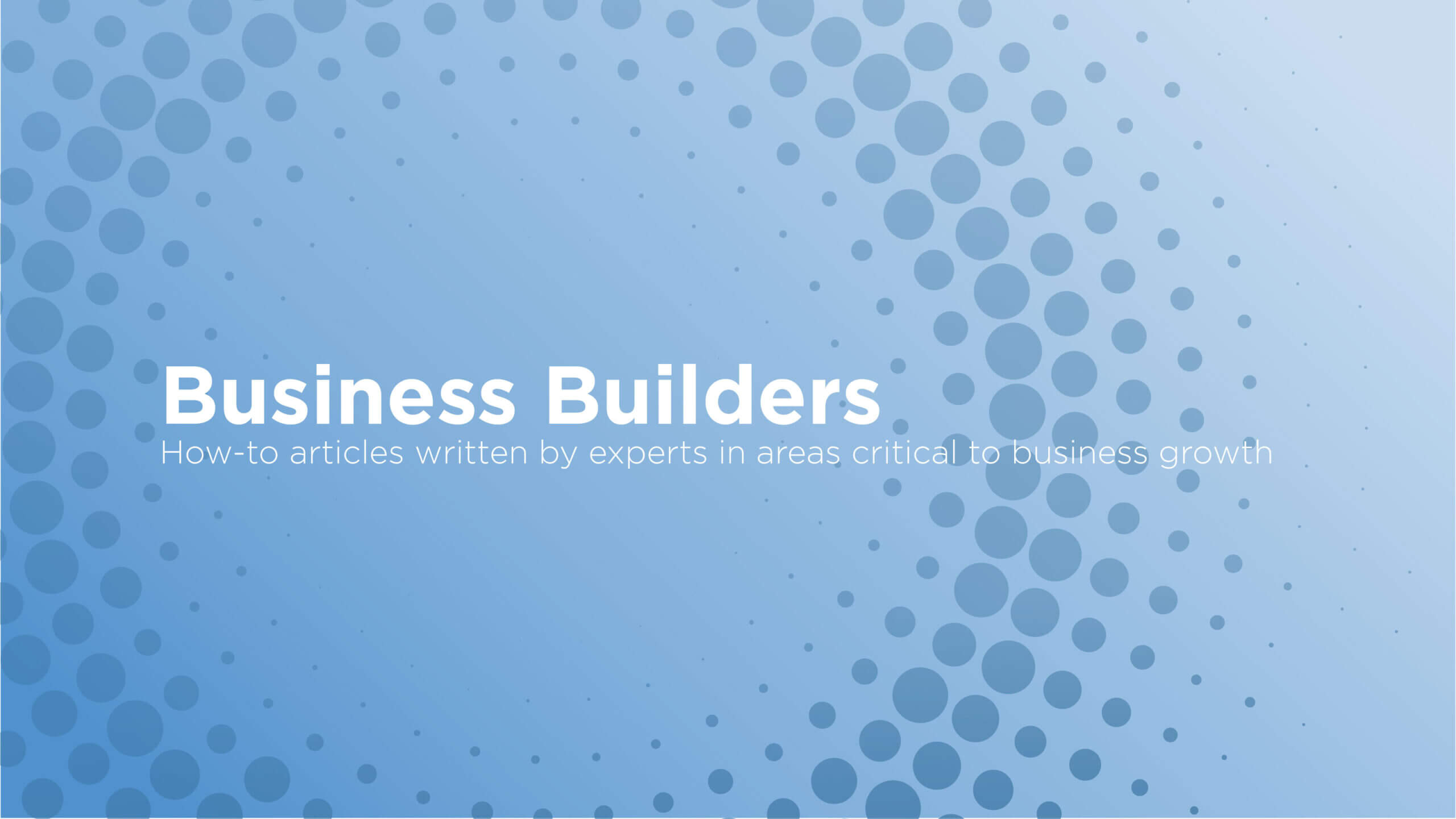“If I only knew then, what I know now!” This wail of frustration from the corner office is typical after a mission critical event refocused company resources to address issues resulting in lost revenue – or worse – lost clients.
Historically, small and medium-sized businesses have managed these events faster than their larger competition.
Growing businesses have less complicated processes and fewer variables affecting how they record customer orders, deal with suppliers, manage inventory or deliver an end product. They adjust more nimbly and react faster to new market dynamics.
This ability to “turn on a dime” like a Formula 1 car gives smaller organizations an edge. But process mining is allowing larger organizations to be more responsive to the market place.
WAIT… Process Mining? What’s this new buzz word? Are smaller companies losing their advantage?
Not yet, but the massive amount of data owned by big companies using process mining is giving them more insight into their business operations. They may not be turning on a dime, but they are turning their convoy of 18-wheelers much faster. Growing businesses need to use their own data to compete.
What is “Big Data” in a small company?
If you’re saying “I’m a relatively small company. I don’t have a lot of data,” take another look. Your contact management program, accounting software, inventory system, cloud and other applications that support your business operations provide mountains of meaningful data. And the amount grows daily. When you use systems to manage your business, you HAVE data. Put that data to work!
What is Process Mining? It’s Google™ Maps for your business.
Think about driving to the airport on a dark snowy morning with icy roads; your usual route is going to be slow and you’ll miss your flight. You access Google Maps, select the fastest route based on current conditions and update regularly to watch for new problems.
Process mining helps you figure out the fastest way to implement your key business processes to arrive at a good bottom line. It identifies the detours your processes may take, the bottlenecks and the delays affecting your business.
The graphic below shows the multiple routes an order process can take and how the time (and therefore the cost!) to deliver a product can double or even triple depending upon the route. The more efficient your route, the more money you save. Process mining will pinpoint those key problem areas so you can analyze and improve them, saving both time and money.
How does process mining work?
Process mining software allows a company of any size to move away from using a handful of Key Performance Indicators to understanding how its business actually operates. Process mining uses the data in the log files of your systems and automatically maps
- each activity in a process
- when each activity takes place
- how long it takes to go from one activity to another
- every variation the process could take
What an army of consultants would take months to report is being replaced with process mining. You get faster and more accurate results because you’re using unbiased data. You learn not only what is going on in your business, but what could be happening; you see problems in your process and possible ways to improve.
Do I need process mining?
In a small business, you may have an intuitive idea of what your data is telling you: what processes are working, where the bottlenecks are and what changes need to be made. But as your business grows and the marketplace changes, the processes become more complex and the amount of data grows exponentially.
How do I get ready for process mining?
The key factor in profitability is making processes work better to deliver products and services faster and less expensively.
Ask the obvious questions. What kind of processes are in place? Are they working? Consider:
- Business Activities: Which parts of my processes take longest? Which cost the most? Are they the same? Am I paying late fees, cost overruns?
- Clients: Who are my most profitable clients? How do we go from initial contact to completed sale? How do we follow up? How long does it take to get a contract?
- Suppliers: How long do they take to get materials to me? Who is the best? The worst?
- Employees: Who manages tasks the most efficiently and effectively? What affects their performance?
Knowing the answers to these questions and how they inter-relate enables you to see what needs to change.
Poor ordering systems result in late supplies. Late supplies result in late deliveries. Late deliveries result in unhappy clients. Unhappy clients result in decreased profitability.
Solving these process problems may significantly add to your bottom line.
Establish a culture of continuous improvement.
The best part about being in a growing company is the relative ease of person-to-person communication. As a company grows, more employees are involved in successful business operations. Process mining provides the foundation for continuous process improvement and significantly increased profits.
Select flexible data technology tools.
Your data gathering tools need to track three characteristics:
- Activity taking place
- Which process is associated with the activity
- Time and date stamp
With that information, and other basic information residing in your systems, you can discover the different variations to your processes, pinpoint issues and make necessary changes.
Consider process mining as your business grows. Keep your competitive edge. Maintain your agility, your ability to respond quickly to new events. With process mining, you will know now what you need to do in the future.





